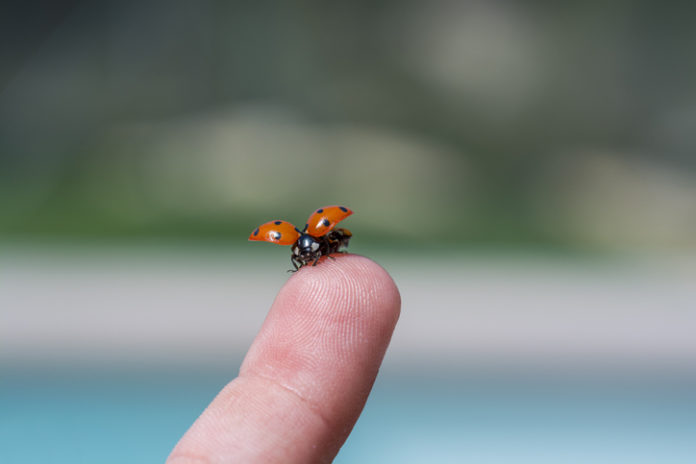If you get excited when a ladybird lands on you, what would your reaction be to 400 ladybirds?
Next time you’re in Holdfast Bay’s Angus Neill Reserve, or anywhere near one of the many Norfolk Island Pine trees that line the coastline, keep an eye out for the ladybirds as there are many more around than normal.
More than 400 ladybirds, and 100 of their larvae, have been released onto 40 Norfolk Island Pine trees from Glenelg North to Kingston Park.
The reason? They’re being used as a biological control measure to address a mealybug outbreak on the trees, which if left untreated, could have an impact on the trees’ health.
The City of Holdfast Bay’s Senior Urban Forest Officer, Ben Hall, instigated the release of the Australian native ladybirds, sourcing the beetles from a breeder in Queensland – and he noticed an immediate result.
“On release of the ladybirds, they immediately start munching away on the pest mealybugs and we will hopefully start to see some positive outcomes once mealybug numbers are reduced,” he said.
“We will be monitoring the success of our release and plan to bring in more of our ladybird friends to accelerate the process of biocontrol.”
The ladybirds’ scientific name is Cryptolaemus and according to the Bugs for Bugs website, they are very efficient predators of many species of mealybug and soft scale insects.
They’ve been recognised worldwide as effective biocontrol agents of pest insects and they have been exported to many other countries.
Back in 1891, these ladybirds were exported to the United States, where they saved the Californian citrus industry from the mealy bug plague.
In Holdfast Bay, this bio-control program was implemented in 2014 and 2018.
Ladybird facts:
- Adult beetles are about 4mm long with an orange head and black wing covers.
- The larvae grow to 13mm and are covered in waxy filaments. The larvae look very much like mealybugs and are often confused with them.
- Adult female beetles lay up to 10 eggs per day (up to 500 in total) directly into mealybug egg masses.
- Adult beetles and larvae feed on mealybug eggs and young stages.
- They consume 30-70 prey per day.
- Adult beetles are strong fliers and are capable of searching for target pests.


